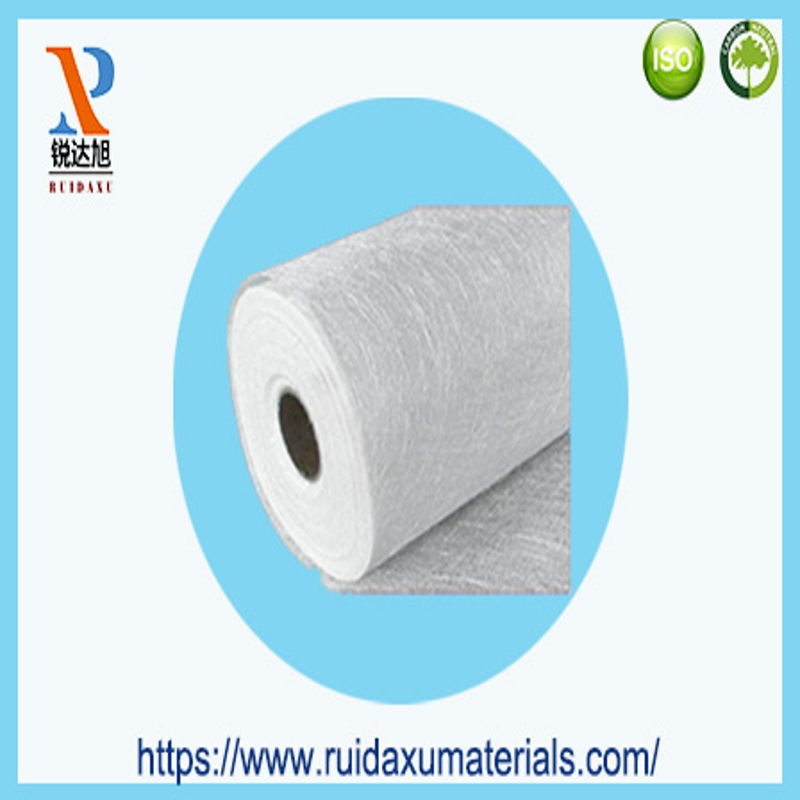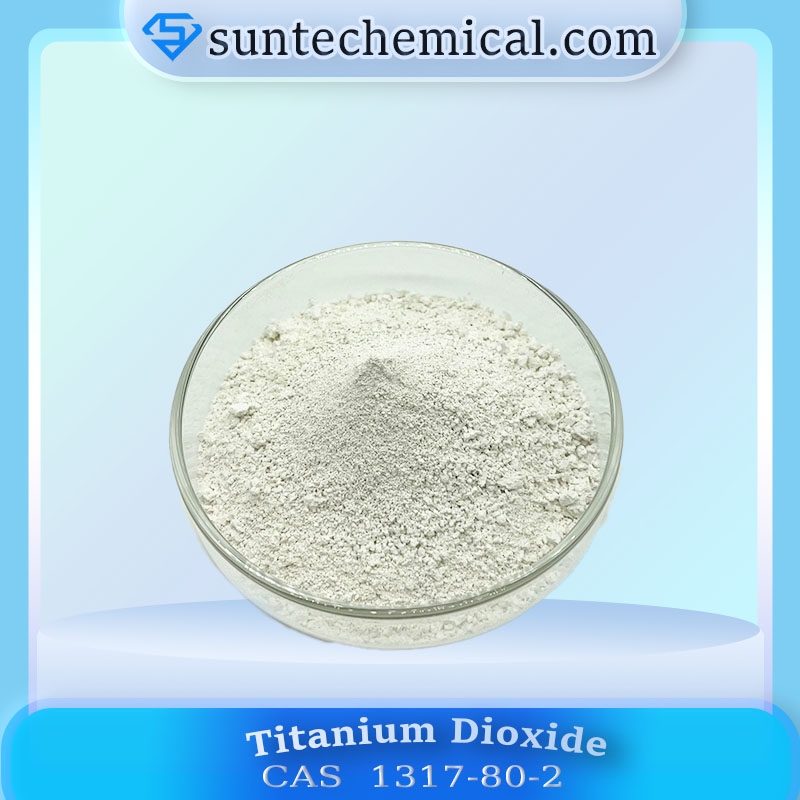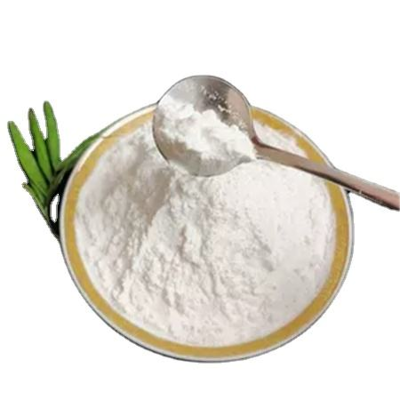-
Categories
-
Pharmaceutical Intermediates
-
Active Pharmaceutical Ingredients
-
Food Additives
- Industrial Coatings
- Agrochemicals
- Dyes and Pigments
- Surfactant
- Flavors and Fragrances
- Chemical Reagents
- Catalyst and Auxiliary
- Natural Products
- Inorganic Chemistry
-
Organic Chemistry
-
Biochemical Engineering
- Analytical Chemistry
-
Cosmetic Ingredient
- Water Treatment Chemical
-
Pharmaceutical Intermediates
Promotion
ECHEMI Mall
Wholesale
Weekly Price
Exhibition
News
-
Trade Service
Dispersant is a surfactant with two opposite properties of lipophilicity and hydrophilicity in the molecule.
How to choose the correct dispersant?
1.
1) The polarity of the dispersion system and the composition of the resin determine: choose the range of the solvation chain
2) The composition of the dispersant (pigment filler) determines: what kind of anchoring group to choose
2.
1) Inorganic pigments such as calcium carbonate, talc, titanium dioxide, iron red, iron yellow, etc.
2) For organic pigments, aromatic groups are very effective.
3.
1) Under certain conditions, try to choose a dispersant that can increase the energy barrier between particles, increase the repulsive force between particles, and make the particles fully dispersed.
2) For oxides, hydroxides and materials containing oxidizing groups, attention should be paid to the influence of the pH value of the system on the dispersibility of the material in the selection of dispersants, and the appropriate dispersant is determined according to the range of pH values.
3) When the energy of the particle barrier is very low, only adding a dispersant that can increase the electrostatic repulsion between particles is not enough.
4) A dispersant with a small amount and high dispersion efficiency should be selected as far as possible, so as to reduce the pollution of the dispersant to the graded products and reduce the amount of post-processing.







